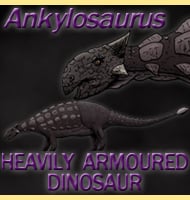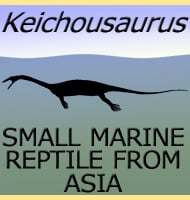Ankylosaurus
In Depth It is something of a paradox that one of the most popular dinosaurs of all time is understood by some of the most incomplete fossil remains. What can be gleaned from the available fossil material is that Ankylosaurus was one of if not the largest of the group. The incomplete fossil evidence however … Read more

